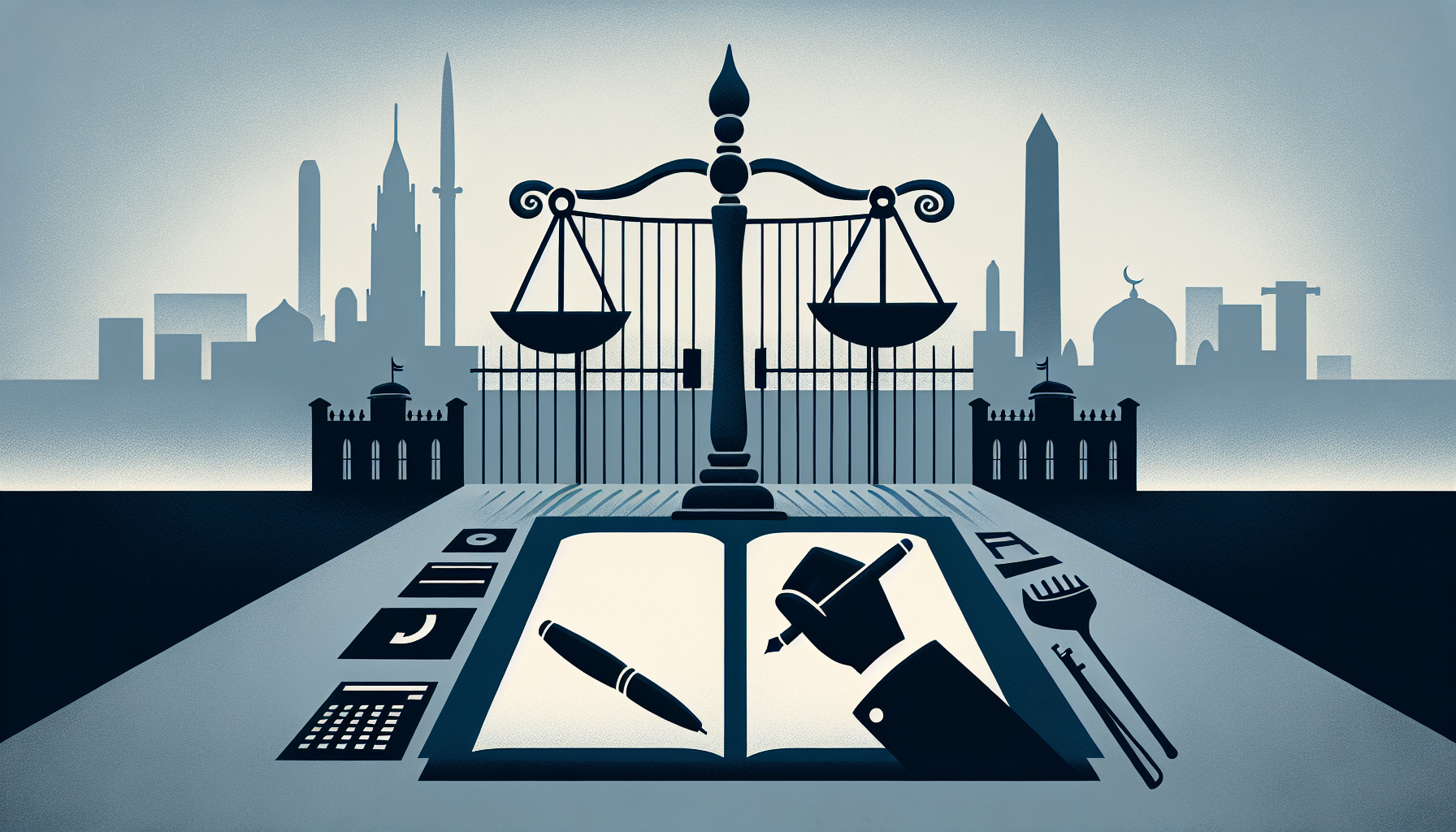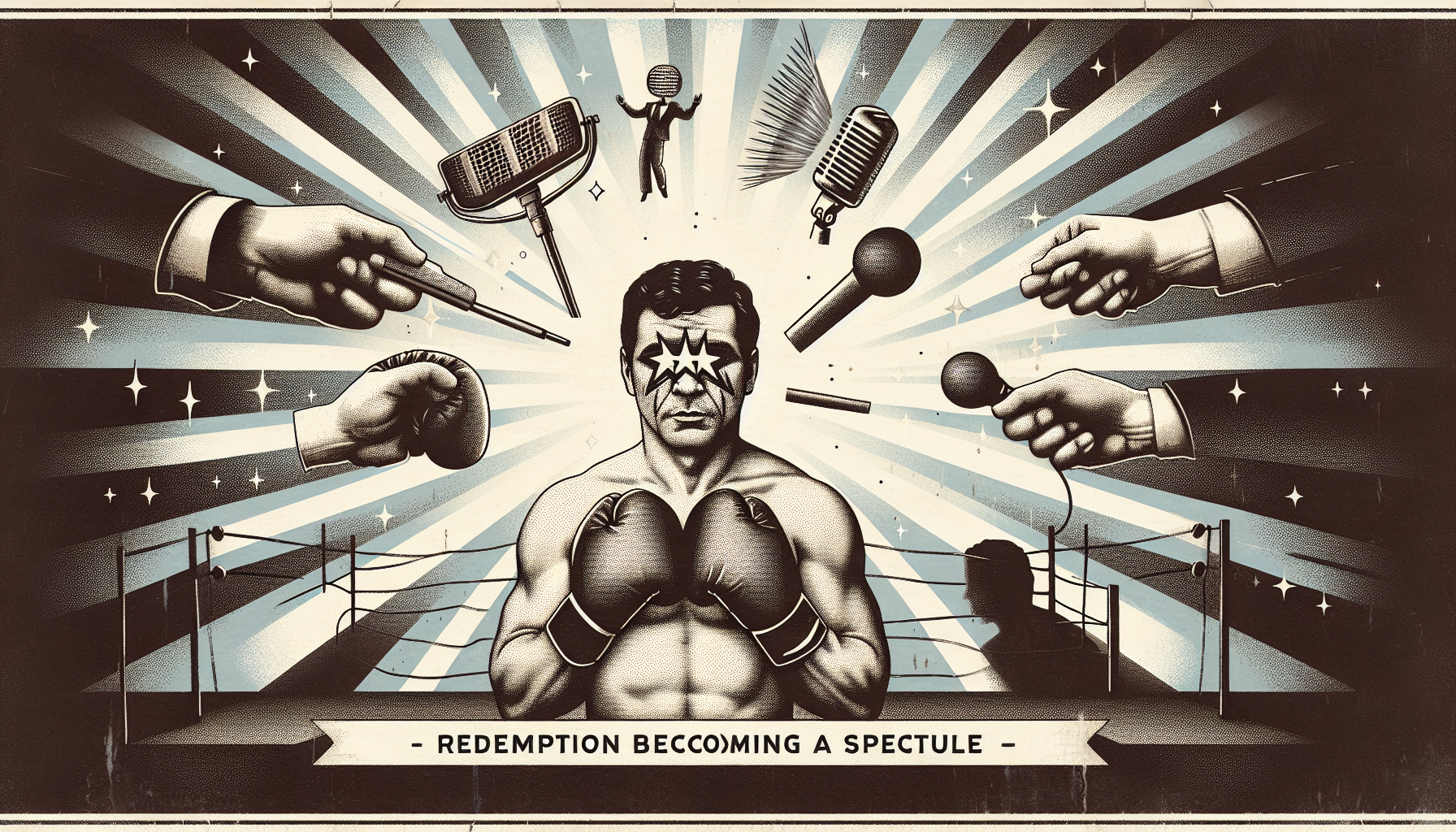Title: Press Pass Denied: The AP, Trump, and the Quiet Battle Over the First Amendment
Dear readers,
Let’s set the scene—not inside a courtroom but just outside the Oval Office, where velvet ropes and camera flashes have always symbolized democratic transparency. Or at least, they used to.
Now imagine the world's most influential wire service—The Associated Press—finding itself locked out of presidential events, sidelined not for a lapse in protocol but for refusing to rename a body of water.
Yes, you read that right. The Gulf of Mexico—renamed, almost Orwellian in tone, the “Gulf of America” by the Trump administration—has become the unlikely epicenter for a battle pitting journalistic integrity against executive power. And for two tension-soaked months, one question has echoed louder than any podium speech:
Can the presidency control who gets to report on it?
❖ The Ban Heard 'Round the Press Room
For those not tuned in, let’s rewind. The AP accused the Trump administration of targeting them for exclusion from presidential events like briefings, travel pools, even appearances in the historic Oval Office. The reason? The AP refused to adopt the administratively suggested new name of the Gulf of Mexico in its reporting.
This wasn’t a matter of bad seating assignments—it was a calculated blackout, a removal of seasoned journalists from the rooms where power breathes and decisions ripple across the globe.
A federal judge, Trevor N. McFadden—yes, a Trump appointee—ruled in favor of the AP, agreeing that the administration must cease this exclusion. A victory, yes. But a hollow one? Time will tell.
❖ Freedom of the Press: Now Add an Asterisk?
If the damage were confined to geography and press policy, we might laugh this off. But this is not a naming spat. This is a case study in power dynamics. The ability to pick which media outlets witness governance is the ability to shape the narrative before it’s even told.
Consider this: McFadden himself remarked that we’re not yet at a place to say President Trump is in contempt of court. Yet since the ruling, access for the AP has been sporadic and painfully symbolic—a single photographer allowed into the Oval Office one day, with a reporter given ‘rotation status’ a few days later for a golf outing.
Let that sink in: democracy’s watchdog was permitted to follow the president… to a tee time.
❖ Tracing the Crack Lines: This Isn't the First Time
While this may be one of the clearer recent conflicts between executive power and journalistic freedom, it’s far from isolated.
When CNN sued for Jim Acosta’s press credentials in 2018, the courts sided with the media. When NPR’s Mara Liasson was blackballed from Trump’s campaign trail coverage in 2016, many reporters rallied but few policies changed. And now, a new red line has been drawn—with cartographic chalk.
AP attorney Charles Tobin called the White House’s new “inclusion policy” a game of optics. Jane Lyons, defending the administration, says it’s too early to tell if there’s a problem. But what Tobin recognizes—and what many media professionals fear—is the normalization of conditional access.
❖ Stylebook vs. State Power
To outsiders, a stylebook may seem academic—a dusty set of grammatical commandments. But for journalists, the AP Stylebook is gospel. To alter terminology at the request of political power isn’t just a footnote change; it’s a shift in independence.
Think about the precedent: If a sitting administration can determine the naming of locations, what’s next? Political events? Historical figures? The definition of protest? When language becomes negotiable, so does truth.
❖ Cameras, Compliance, and Public Apathy
Several media pundits, including Columbia Journalism Review contributors, have noted that stories like this—press-on-press disputes—tend to fizzle in public discourse. Why? Because most see them as "inside baseball," relevant only to journalists themselves.
But if we’ve learned anything from the digital age, it’s that the erosion of norms often happens quietly. First, the press gallery gets a new seating chart. Next, questions must be submitted in advance. Then, one day, you realize that "live" coverage of democracy comes from an in-house production team with final cut privileges.
❖ What We're Really Watching
This isn’t just about the AP. It’s about any entity that reports something inconvenient—and how quickly they're rendered invisible when they do.
Will a defiant headline be the next red flag that gets you benched? Will the invisible hand of suppression wear a press pass and smile?
McFadden’s bench ruling delivered a message, but his hesitancy to enforce it sent a louder one: enforcement is only as firm as the will behind it.
❖ Final Thoughts from Your Watcher of Screens & Schemes
This chapter—like many in our media age—is not yet concluded. Appeals are underway. The timeline stretches. The cameras keep rolling, even if the reporters behind them change.
But remember this: Democracy isn’t just built on free elections. It’s built on what gets seen, what gets written, and who gets to show up at the gate with a notebook in hand.
Until next time, stay alert—especially for the battles fought off-mic and behind badge-controlled doors.
In truth (however we’re allowed to define it),
A Watcher of Screens & Schemes.

